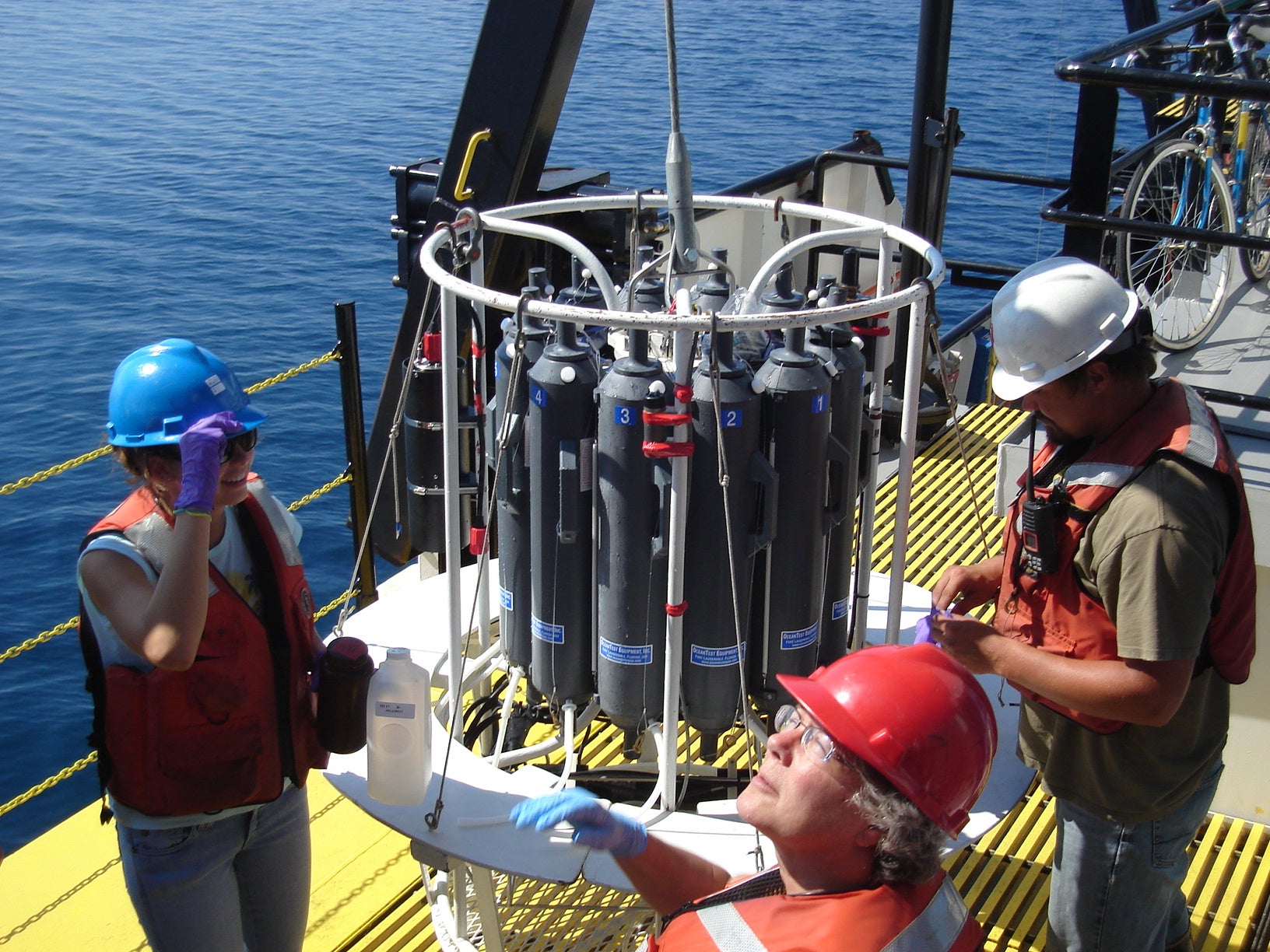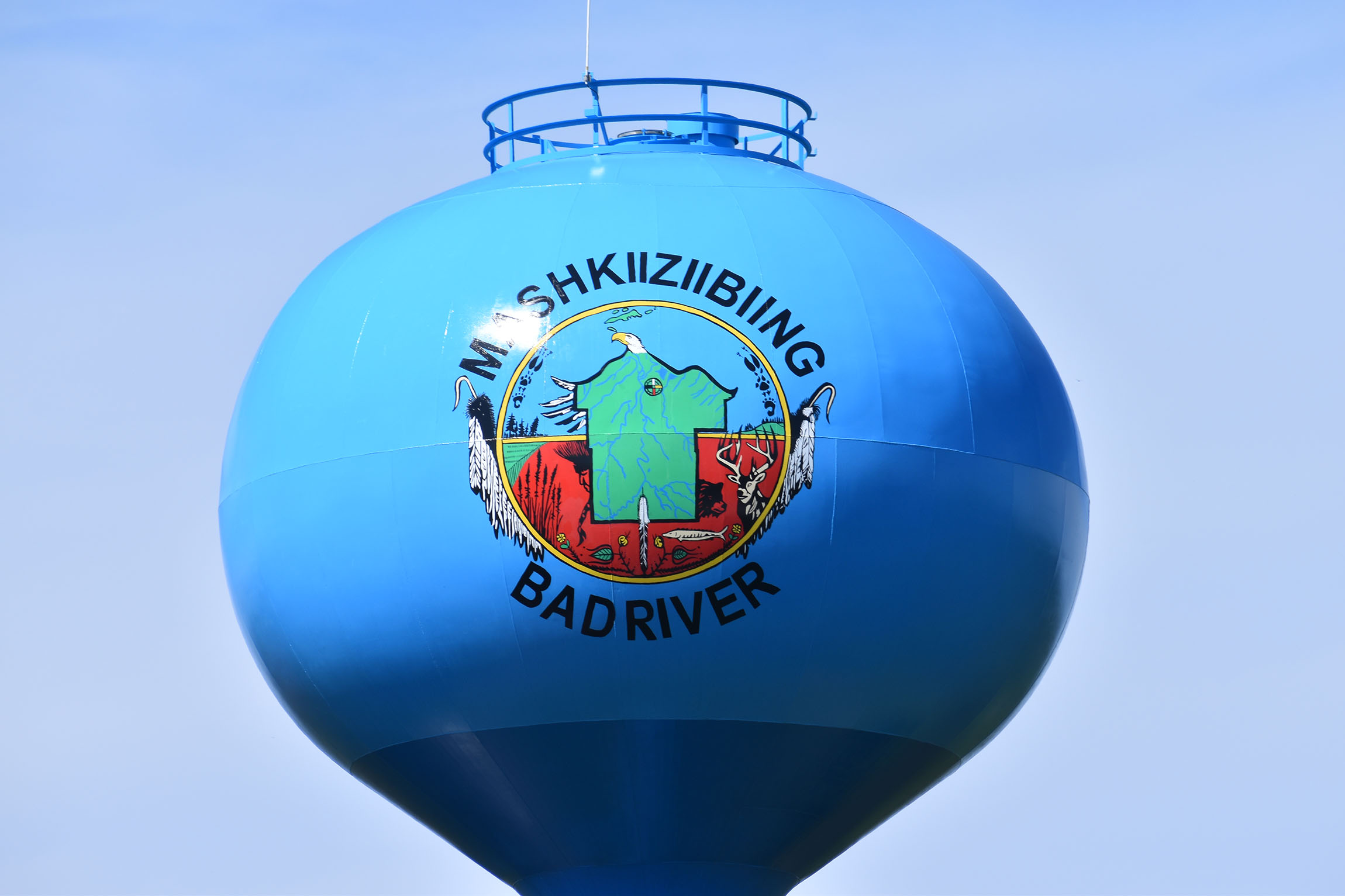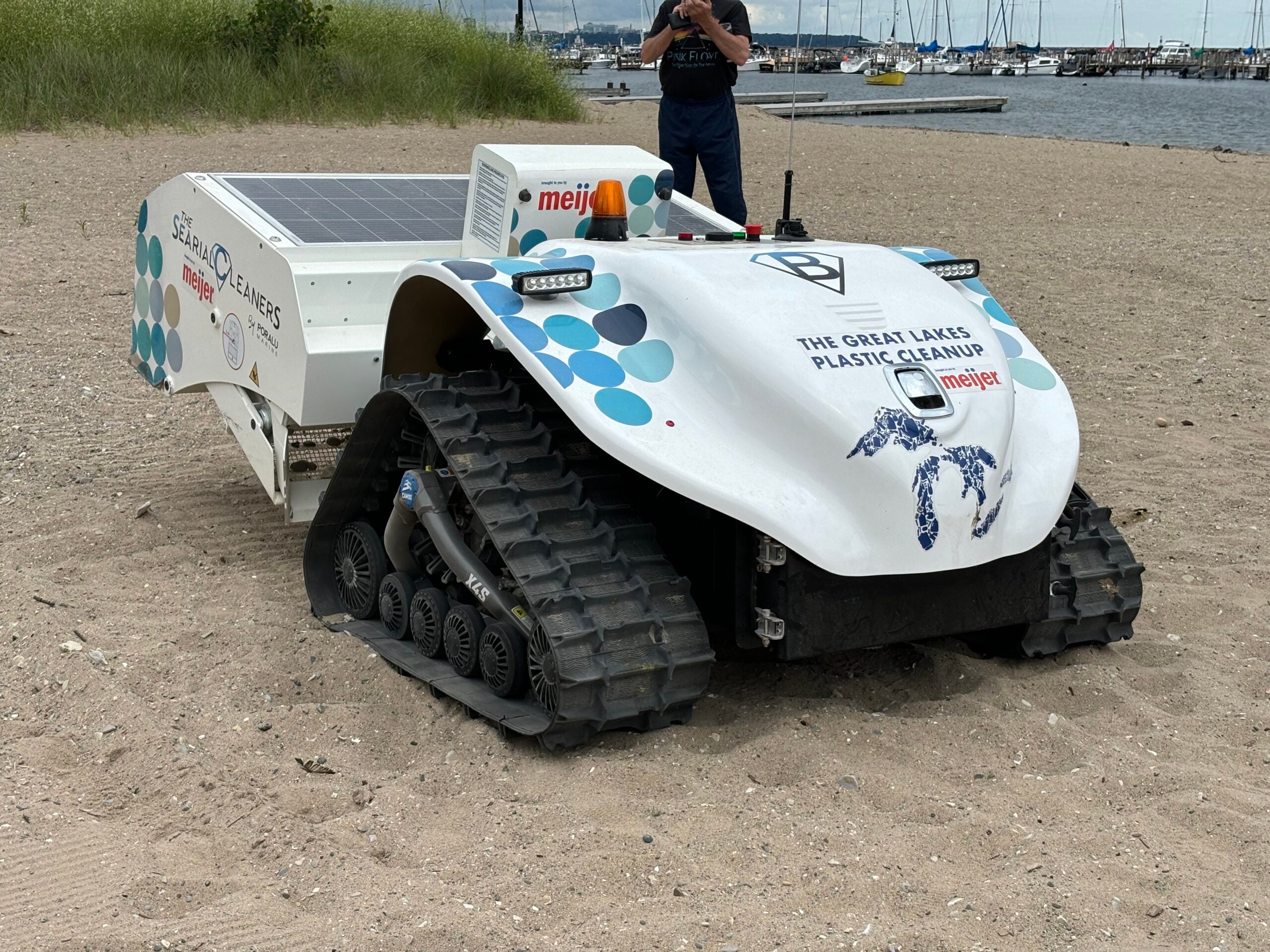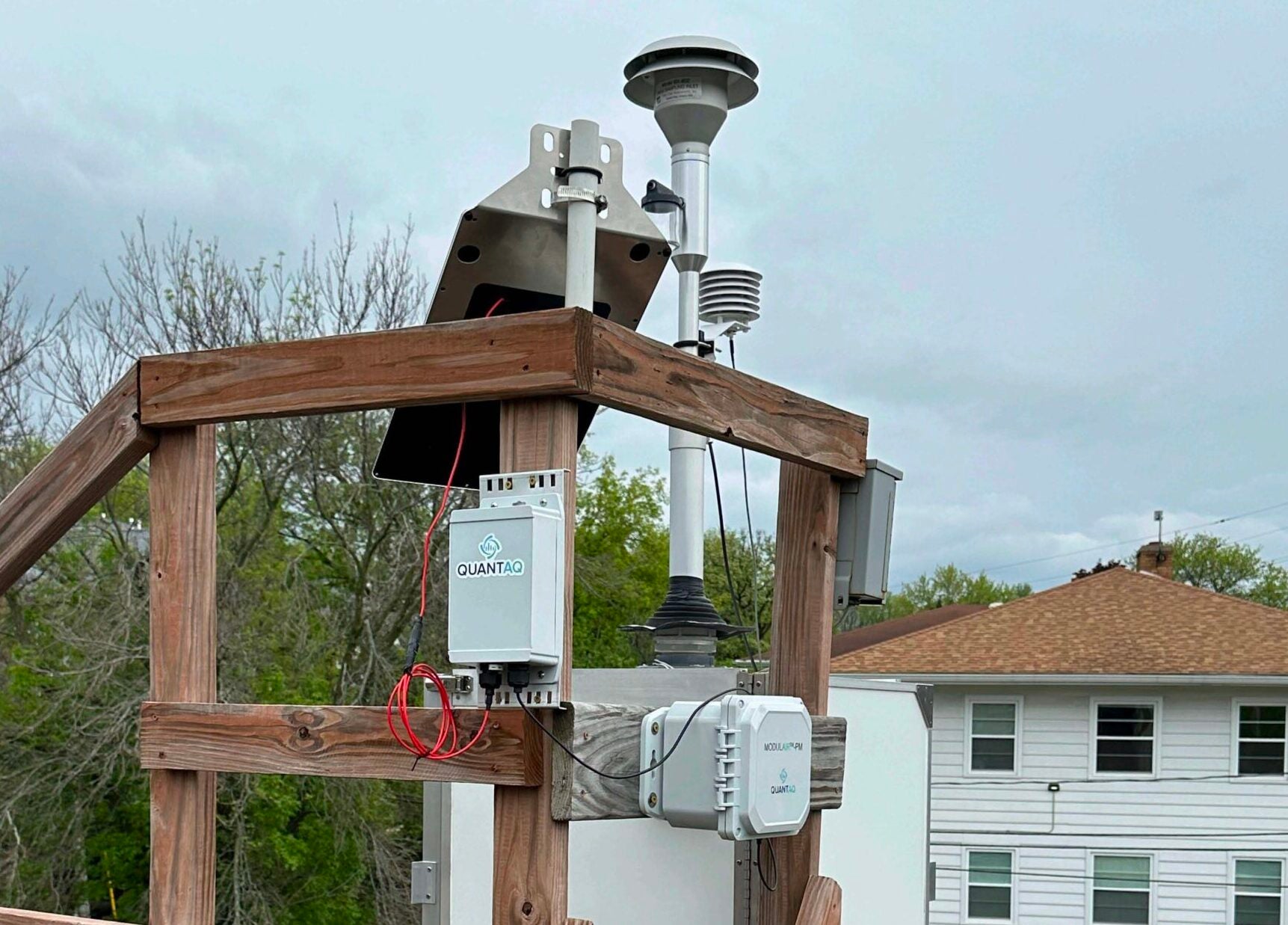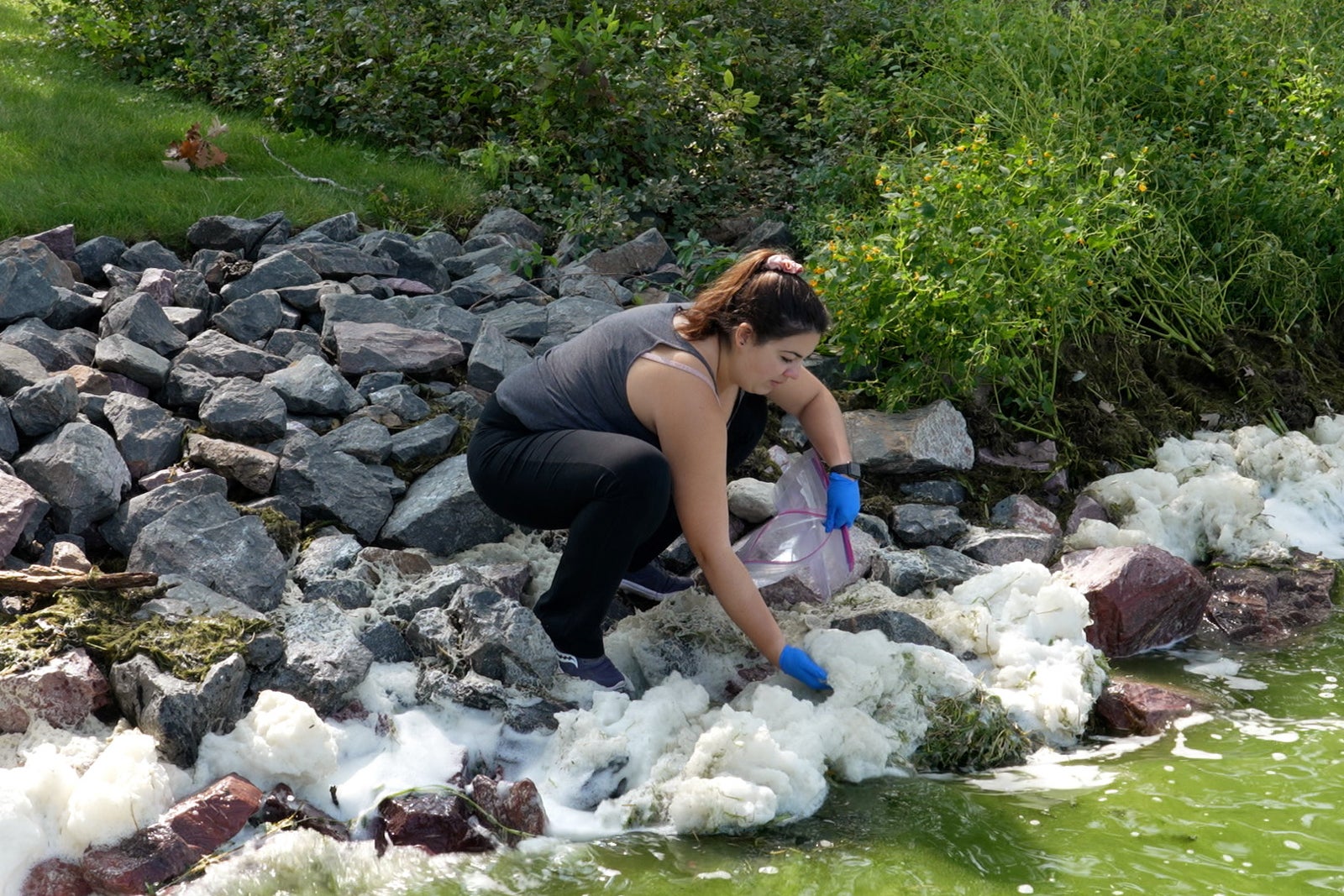A new study finds that historic sources of mercury pollution are driving higher concentrations of the contaminant in sport fish that live and feed in the Duluth-Superior harbor. The results indicate contamination from long ago still holds risks for coastal areas of the Great Lakes.
Industrial pollution from contaminants like mercury threatens fish and wetland habitats in coastal areas, including the largest port on the Great Lakes. The contamination has led to fish consumption advisories in the St. Louis River estuary that runs between Duluth and Superior. Mercury is known to build up in fish tissue and people over time potentially causing developmental issues in children, muscle weakness and loss of coordination.
The study’s lead author Sarah Janssen said it was unclear whether older industrial contamination or modern-day mercury pollution from atmospheric sources led to the higher concentrations in fish.
Stay informed on the latest news
Sign up for WPR’s email newsletter.
Until now.
The study that’s set to be published in the journal Science of the Total Environment relied on a new method to fingerprint mercury within fish that’s coming from historical contamination in the Duluth-Superior harbor, according to Janssen, a research chemist with the U.S. Geological Survey in Middleton.
“The game fish, specifically our walleye — those were really our target sport fish because they’re targeted by anglers,” said Janssen. “Those walleye tend to have two to three times the amount of mercury in their tissue than fish that are migrating and feeding into Lake Superior. This higher mercury in walleye residents of the river corresponds with those mercury source indicators of legacy industrial sources in the harbor.”
Researchers paired those fingerprints with around 500 samples of organisms, sediments and water from the lower St. Louis River to get a good idea where fish were feeding and picking up mercury. Scientists also compared their findings in the harbor to sediment and fish samples collected from the Bad River on Lake Superior, which has no known sources of industrial contamination.
The study found that mercury concentrations in sediments within the St. Louis River estuary were on average 10 times higher than the Bad River. Mercury contamination was most severe within Howards Bay in Superior, which is part of a shipyard in the port. A multi-million dollar effort is currently underway to clean up contamination in the bay.
Janssen said their findings also show that historical contamination is cycling through the river’s food web, which could extend out into Lake Superior.
“If an angler is catching a walleye or something else offshore, and it fed near the contaminated zones, it’s a potential that they have higher mercury and that mercury is from legacy contamination,” said Janssen.
Janssen said it’s the largest study so far using the new source indicator method. She hopes the findings could be used to help natural resource managers remediate contamination and restore the St. Louis River, which was among 43 sites designated as Areas of Concern (AOC) on the Great Lakes. The sites are considered the most polluted areas on the lakes under the Great Lakes Water Quality Agreement.
The Wisconsin Department of Natural Resources said the study is a big step toward pinpointing the source of contamination within the St. Louis River, according to Matt Steiger, the agency’s AOC coordinator for the river. He said they wanted to determine whether legacy pollution or some other factor was causing the restrictions on fish consumption in the river.
“Our goal is to have an advisory that’s not more restrictive than comparable reference areas without the heavy industrial legacy (pollution) that we have here” said Steiger.
He said the study’s findings show that work being done on the river should lead to reduced mercury concentrations within fish over time.
Steiger added those working to restore the river just received roughly $125,000 through the Great Lakes Restoration Initiative to conduct additional mercury sampling this year at six locations on the river that aren’t considered traditional hotspots of pollution.
More than 50 percent of remedial actions to clean up the river are complete. Local, state and federal partners aim to complete the remaining restoration work on the river by the end of 2024.
Wisconsin Public Radio, © Copyright 2025, Board of Regents of the University of Wisconsin System and Wisconsin Educational Communications Board.
